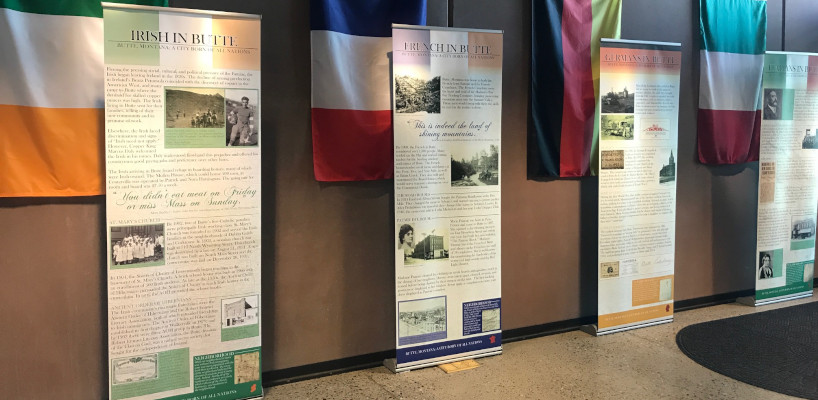Steps to Success: Before the Event
STEP 1
Create a Publicity Plan to spread the word about the online collection when it is available.
In the Engaging Participants module, your Project Team will have created a contact spreadsheet to notify potential participants and organizations about the event. After the event, the Community Working Group will notify Contributors that their submissions are now available in the online digital repository. But what about the other organizations and individuals who were interested in your project but were unable to attend the event?
Your Project Team can use the Contact Spreadsheet to follow up with community members, organizations, and media outlets to notify them when the collection is available. Project Team organizations may also choose to share the information with their members and patrons in their newsletters, blogs, or social media platforms.
To reach audiences outside of your Project Team’s defined community, you’ll need to identify ways to share the news of the collection with them.
Potential researchers are one important group who would want to know about this resource and how to access it. Depending on the Collecting Organization or Project Team organizations, there may already be mechanisms in place to alert researchers to new collections.
You’ll also need to consider how to share the new collection with the general public in your state or region. Depending on your event and collection theme, there may be publications, newsletters, meetings, or websites or other channels to communicate with specific interested groups.
Working together, the Community Coordinator (or the Outreach Specialist) and the Collection Coordinator will create a Publicity Plan to notify community members, organizations, media outlets, researchers, and the general public about the new collection. They will decide on the best mechanisms to reach each of these audiences and should consider:
- writing a press release;
- posting on organizational websites and blogs;
- contributing a newsletter article; and
- creating a social media campaign.
STEP 2
Start thinking about interpreting the future digital collection.

Image of the All Nations Exhibition at the Butte-Silver Bow Public Archives in Butte, Montana. Learn more about this project and others in the Best Practice Examples for this module of RoPA.
At the Collecting Stories Meeting, your Project Team discussed current holdings and the community's heritage needs and chose a theme for your event. In addition, you established the collecting goals and began brainstorming ideas for interpreting the collection.
It’s important to think about who will be interested in the collection and how they will be able to learn from it. Depending on your event and collection goals, your event may have been organized with a specific interpretive project or program in mind. In other cases your Project Team may decide to wait and see what Items are contributed and then let the collection steer the interpretive programming.
At this point, the Community Coordinator (or Outreach Specialist) and Collection Coordinator will review the suggestions made at the Collecting Stories Meeting and continue to explore what types of interpretive programming your Project Team can create. What types of programming have already been successful in your community? Does your Project Team have familiarity with particular tools and methods, a gallery venue to fill, or a specific exhibit or book project in mind for featuring Items in the collection? Some interpretive programming options include:
- Publications
- Digital exhibits
- Physical exhibits
- Public programs
- Curriculum-based school programs (K-12)
There’s no need to reinvent the wheel. The RoPA Developers recommend looking at models from other communities for ideas in the Best Practice Examples and Resources.